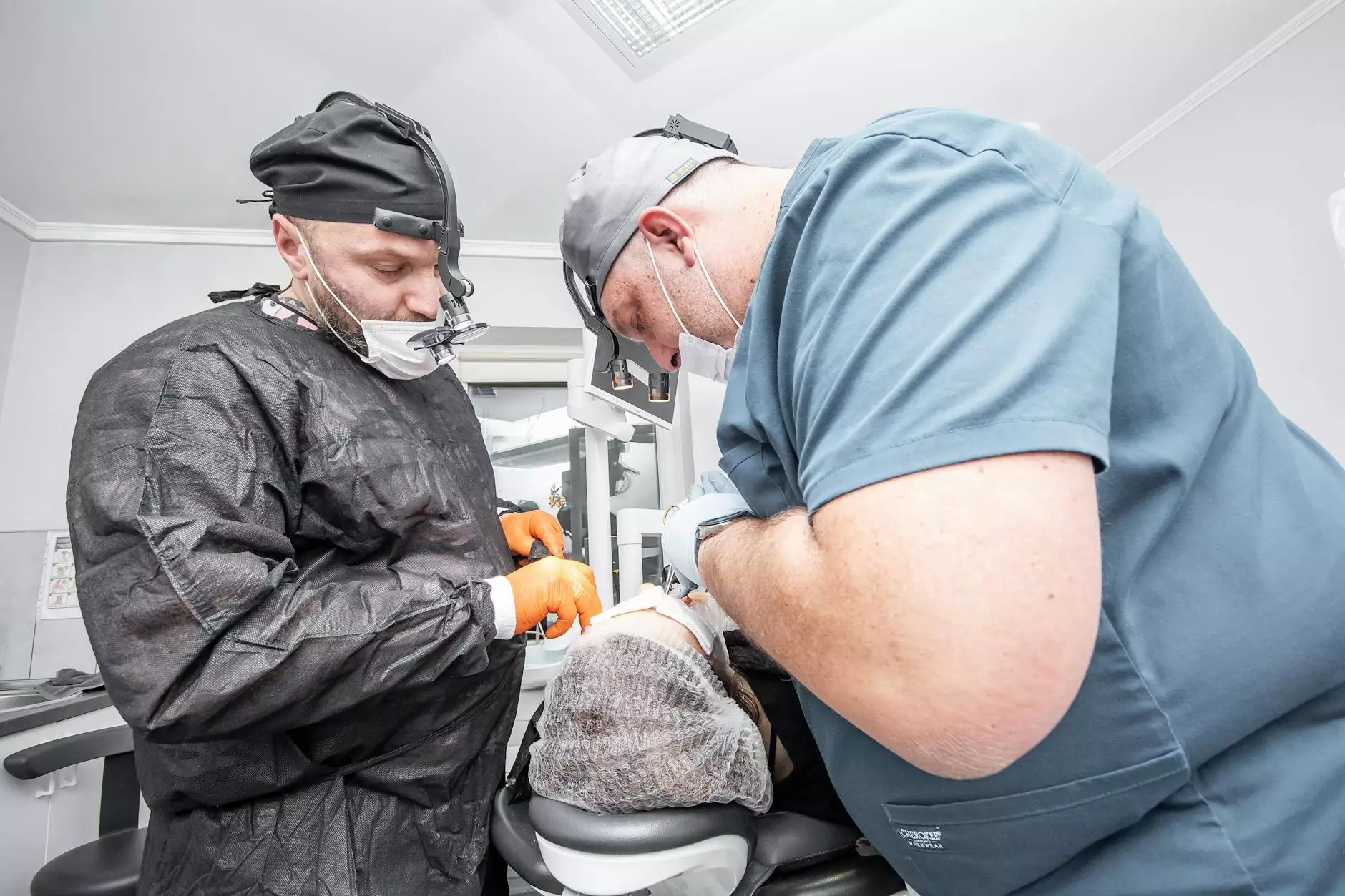Bilateral Salpingo-Oophorectomy and Hysterectomy: Understanding the Procedures

In the field of women's health, surgical procedures such as bilateral salpingo-oophorectomy and hysterectomy are critical in addressing various medical conditions. These surgeries can significantly impact a patient’s health, lifestyle, and emotional well-being. Whether necessitated by severe disease, preventive measures, or other medical indications, understanding these procedures is paramount.
What is Bilateral Salpingo-Oophorectomy?
A bilateral salpingo-oophorectomy involves the surgical removal of both ovaries and fallopian tubes. This procedure is often performed in conjunction with a hysterectomy, depending on the clinical scenario.
- Ovaries: These are the organs responsible for producing eggs and hormones such as estrogen and progesterone.
- Fallopian Tubes: These tubes are channels that transport eggs from the ovaries to the uterus.
What is a Hysterectomy?
A hysterectomy is the surgical removal of the uterus. This procedure might be subtotal (partial) or total, depending on what parts of the uterus are removed. Sometimes, the cervix is also removed along with the uterus, leading to what's called a total hysterectomy.
Reasons for Bilateral Salpingo-Oophorectomy and Hysterectomy
These surgical interventions are indicated for a variety of medical conditions, including but not limited to:
- Uterine Fibroids: Noncancerous growths of the uterus that can cause pain and heavy bleeding.
- Endometriosis: A painful condition where tissue similar to the uterine lining grows outside the uterus.
- Ovarian Cancer: Removal may be necessary if cancer is diagnosed or suspected.
- Pelvic Inflammatory Disease (PID): A serious infection of the female reproductive organs that can lead to complications.
- Preventive Measures: Women with a high risk of ovarian cancer (e.g., BRCA mutation carriers) might choose these surgeries proactively.
Procedural Overview
The surgeries can be performed using different methods, including:
- Abdominal Surgery: Involves larger incisions and longer recovery time.
- Laparoscopic Surgery: Minimally invasive technique using smaller incisions, resulting in quicker recovery.
The choice of technique depends on the patient's specific medical condition, the extent of disease, and the surgeon's expertise.
What to Expect During the Procedure
Typically, both bilateral salpingo-oophorectomy and hysterectomy are performed under general anesthesia. The duration of the surgery varies but generally lasts between 1 to 3 hours. Patients are closely monitored post-surgery in a recovery area.
Recovery After Surgical Procedures
Recovery from bilateral salpingo-oophorectomy and hysterectomy varies based on the surgical method used. Here are some common aspects of recovery:
- Hospital Stay: Typically, patients might stay in the hospital for 1 to 3 days.
- Pain Management: Pain medications will be provided to alleviate discomfort.
- Activity Restrictions: Limiting physical activities, especially lifting, for several weeks is crucial.
- Follow-up Appointments: Regular check-ups to ensure proper healing and address any concerns.
Potential Risks and Complications
As with any surgical procedure, there are risks involved with bilateral salpingo-oophorectomy and hysterectomy. These can include:
- Infection: Risk of infection at the incision site or internally.
- Hemorrhage: Significant bleeding during or after the surgery.
- Anesthetic Complications: Any adverse reactions to anesthesia.
- Changes in Hormone Levels: Particularly after the removal of ovaries, which can lead to menopause symptoms.
Impact on Quality of Life
The decision to undergo a bilateral salpingo-oophorectomy and hysterectomy is often not taken lightly. Patients should consider both physical and emotional impacts:
- Emotional Outcomes: Feelings of loss, depression, or anxiety may occur post-surgery; support from family, friends, or counselors can be beneficial.
- Physical Changes: Understanding the changes in body function, including hormone therapy if required, is crucial for maintaining a good quality of life.
Long-Term Considerations
Following these surgeries, long-term follow-up care is essential. Discussions with healthcare providers about hormone replacement therapy and regular checkups for cancer screening can be part of a comprehensive health plan.
Conclusion
In summary, a bilateral salpingo-oophorectomy and hysterectomy are significant surgeries that can provide relief from various medical conditions affecting women's health. Understanding the procedures, risks, recovery, and long-term implications empowers patients to make informed decisions about their health. Consulting with a qualified healthcare provider, such as the specialists at drseckin.com, can provide personalized advice and treatment options tailored to individual needs.
References for Further Reading
For individuals seeking more in-depth knowledge, consider exploring medical literature, attending support groups, or discussing with healthcare professionals specializing in obstetrics and gynecology.









